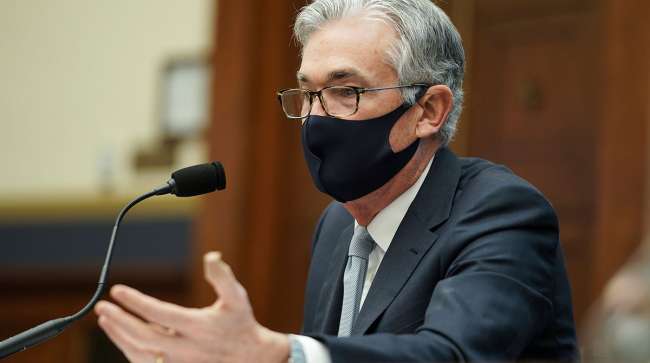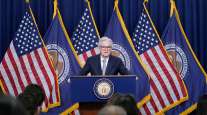Fed to Weigh Further Options for Aiding US Economy

[Stay on top of transportation news: Get TTNews in your inbox.]
WASHINGTON — The Federal Reserve’s policymakers face an unusual conundrum as they meet this week: a short-term economic outlook that is worsening even while the longer-term picture is brightening thanks to the emergence of coronavirus vaccines.
When its meeting concludes Dec. 16, the Fed could announce steps to try to offset the pandemic’s increasing drag on growth. Or it could choose to mostly watch and wait, for now.
The central bank’s policy meeting coincides with a record-shattering resurgence of the coronavirus, which has caused an increase in business restrictions and made more Americans reluctant to shop, travel and dine out. Some analysts say the economy could shrink in early 2021 before recovering as vaccines combat the virus.

In this special two-part year in review, we look at the technology and regulatory developments that will help you and your business in 2021. Transport Topics Reporter Eleanor Lamb and Managing Editor for Features Seth Clevenger discuss HOS, software, equipment and more. Hear a snippet, above, and get the full program by going to RoadSigns.TTNews.com.
Economists are divided on whether the Fed will announce any new actions this week. One option the policymakers could take would be to announce a shift in the Fed’s bond purchases. The Fed has been buying $80 billion in Treasury bonds and $40 billion in mortgage bonds each month in an effort to keep borrowing rates down.
The idea of a shift would be to buy more longer-term bonds and fewer shorter-term securities, to hold down longer-term interest rates. The Fed has already cut its benchmark short-term rate to a record low near zero.
Yet the Fed’s tools take time to support the economy, which adds a layer of complexity given the short-term gloom and longer-term optimism.
“Near-term downside risk may not be enough of a reason” to provide more stimulus “if the outlook for the economy in three to six months remains strong,” Lewis Alexander, U.S. chief economist at Nomura Securities, said in a research note.
Another complicating factor is that even as negotiations continue, Congress has yet to agree on another round of urgently needed financial aid for millions of unemployed Americans, thousands of struggling businesses and cash-short states and cities.
Many Fed policymakers, including Chair Jerome Powell, have repeatedly urged Congress to provide more support. Most proposals on Capitol Hill include extending unemployment benefit programs that are scheduled to expire in about two weeks. At that point, roughly 9 million jobless people will lose all their unemployment aid, state or federal.
New Fed Watch!
Monday Morning Noteshttps://t.co/7RIIyDzmi1 — Tim Duy (@TimDuy) December 14, 2020
“They’re all looking to fiscal stimulus,” said Tim Duy, an economics professor at the University of Oregon and author of the “Fed Watch” blog, referring to potential rescue aid from Congress.
Recent data is pointing to an economy that is getting worse. More Americans are seeking unemployment benefits, a sign that layoffs are likely rising, and overall hiring slowed in November to its slowest pace since April. Credit and debit card data suggests that holiday spending is weaker than it was last year.
Want more news? Listen to today's daily briefing:
Subscribe: Apple Podcasts | Spotify | Amazon Alexa | Google Assistant | More




